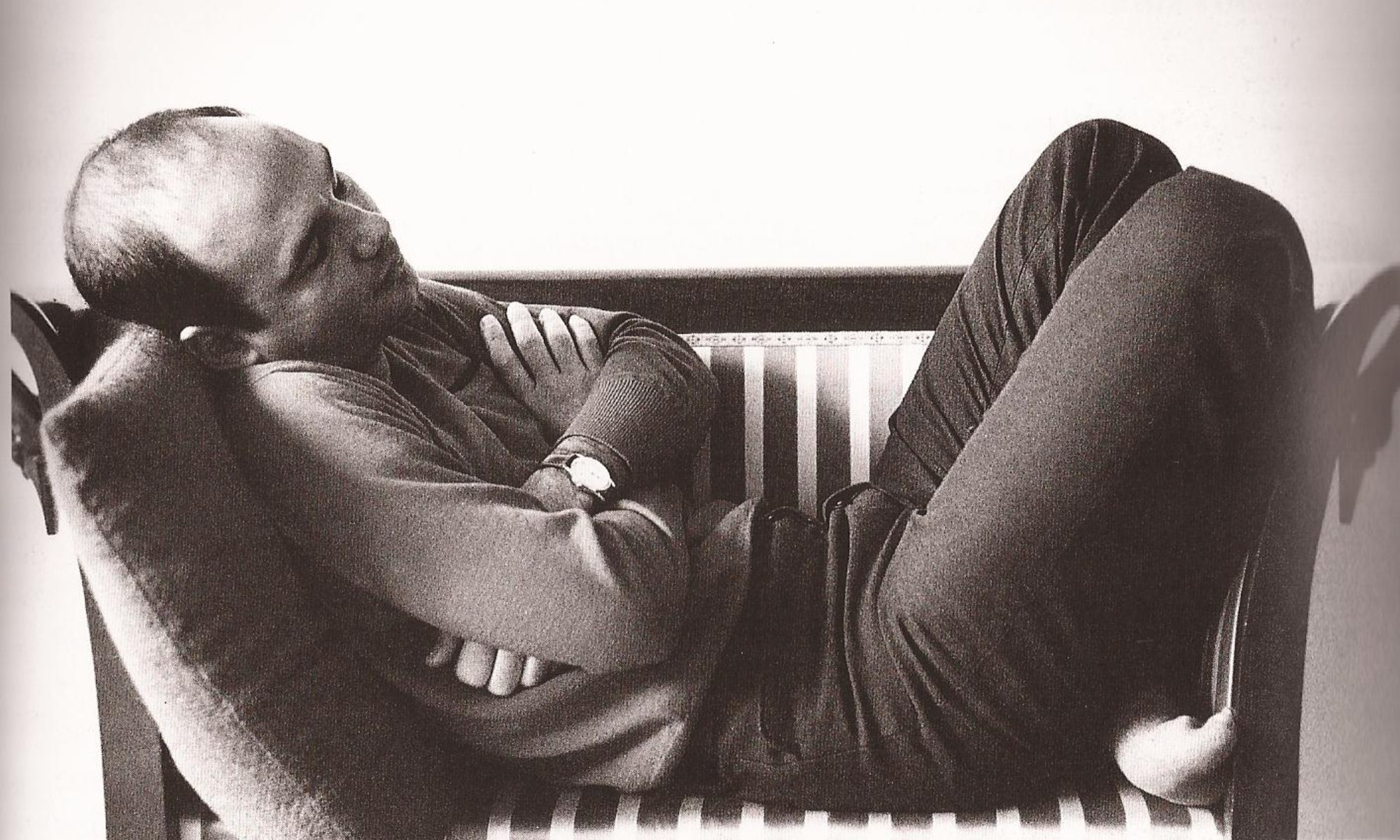Another area of Sarduy’s radio work is those broadcasts focused on his life and work. He does not appear as the creative person in charge, but it can be sensed that he advised musical production and guided dramaturgy in some cases. This kind of broadcasts began in 1967, after the publication of Écrit en dansant—E. Cabillon’s translation of De donde son los cantantes—as part of a series called Ecrivains étrangers de langue française. The producer and host, Jean Paget, interviews him about this novel and the previous one, Gestos. Sarduy also makes a brief account of his life in Cuba. Next, María Casares interprets, together with Bachir Toure, two fragments of Écrit and, alone, one of Gestes. The following year, on August 21, Jean Paget interviews him again about his next novel, Cobra. After its publication, Pierre Sipriot and Manuel Claude Roland will design with Sarduy a program dedicated to the text, within the series Un livre des voix, a collection in which Sarduy collaborated frequently. In this collection were broadcasts dedicated to Maitreya –Pierre Sipriot and George Peyrou–, Colibri –Pierre Sipriot and Jean Pierre Colas– and Pour que personne ne sache que j’ai peur –Claude Mourthé and Jean Pierre Colas–, Cocuyo‘s translation by Aline Schulman. Let us look at the sound design of these last three.

Between the production date of the broadcast dedicated to Maitreya (November 1980) and that of Cocuyo (December 1991) there is a notable technical difference: the duration was reduced from 40 to 28 minutes. This reduction and the structural changes that I am goning to address in a moment may be related to the reforms applied in France Culture after the legalization of commercial stations in France. However, France Culture has kept room to promote the books while using music and other sound effects effectively. Such is the case of those of Maitreya and Cocuyo. Unfortunately, the same cannot be said of the one focus on Colibrí.
The dramatic readings of Maitreya, by Francine Berger, and Cocuyo, done by an actor whose name does not appear in the credits, are magnificent.
Sound effects are not missing, as the actors create acoustic levels from rhythm, pitch, and volume changes. On the other hand, Pierre Clementi’s interpretation of Colibri’s fragments is monotone, a rhythm that accentuates the program’s overall structure.
Regarding structure, In Maitreya‘s, the director alternates interview (cyan), reading (blue), and music (green) fragments of varying lengths.

In Cocuyo‘s, there is only one long fragment of interpretation (blue) between two fragments of interviews (cyan).

However, in Colibri‘s, there is a constant rhythm: the repetition three times of the music (green)-interview (cyan)-reading (blue) sequence in which the spoken passages are pretty similar in length.

The graphs* clearly show the gradual simplification in the collection’s broadcast throughout the eighties. Note the role that the text reading (blue) is gaining and the symmetry of these readings in the broadcast focus on Colibrí. At the same time, the author’s voice (cyan) retreats to the background. Other notable aspects are the intentional pause or silence (white) produced near the end of the program dedicated to Maitreya and the disappearance of an initial moment of book’s presentation (yellow) by the host that, in the cases of Colibrí and Cocuyo, was integrated to the credits.
However, the biggest mistake in Colibri‘s Un libre des voix is the musical selection. Maitreya combined the voices of three mulatto divas central to Sarduy’s sonic imaginary: Celia Cruz, Maria Bethania, and Billie Holiday. Mulatto voices would be essential for his sonic decolonization project and his design of an aural black Atlantic. In Cocuyo, the producers return to Celia Cruz / Maria Bethania duo as an image of the erotic and religious similarities between Havana and Salvador de Bahía that Sarduy traces in his comments. However, in Colibri the producers used two Andean pieces: “Mosaico”, by Ñanda Mañachi and “Misa Punlla”, by Bolivia Manta. It is unlikely that Sarduy has had something to do with this selection that responds, in my opinion, to a stereotypical vision of the South American and does not even pay attention to the author. In the same interview, when Sarduy says that Colibri is very South American, he means very Cuban. Such musical choices also show great ignorance of the book itself, whose imaginary is nourished by the continental Caribbean region (Venezuela, México), not the Andean culture.
Even in these pieces that he did not produce, links are discovered between earcons active in his narrative and poetic work and those sound objects broadcasted that expanded the reception of his work by the French audience. Both from the musical point of view and the sound effects, Sarduy seems to have managed, in most cases, to influence the sound design. The examples that I have commented on before, especially Colibri‘s Un libre des voix, show that Sarduy gave his opinion on the best way to sound this or that aspect of his writing. Besides, illustrate how neglecting that advice could lead to misinterpretations. Perhaps that is why, exceptionally, Colibri’s Un livre des voix was followed by the retransmission of his awarded radio play Récit.
* Bumpchart graphs allow the comparison of multiple categories over a continuous dimension and the evolution of its sorting. By default, sorting is based on the stream size. Source: RAWGraphs


